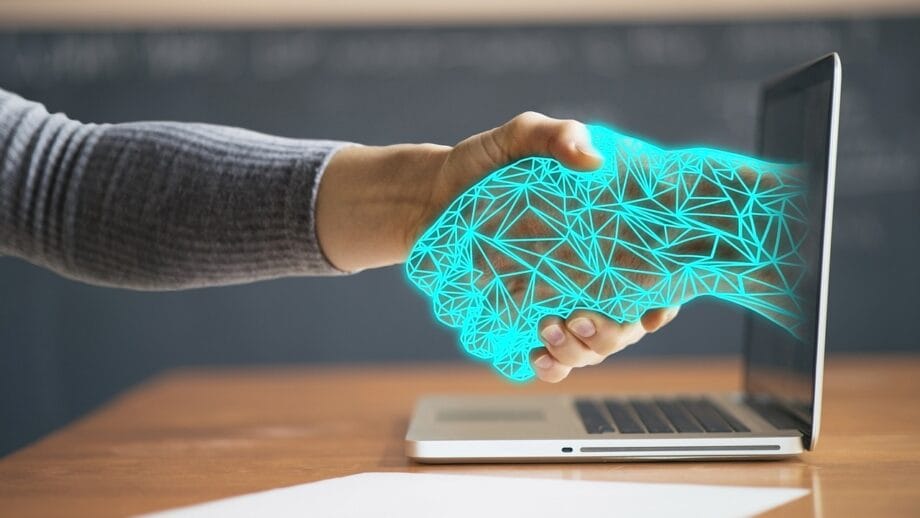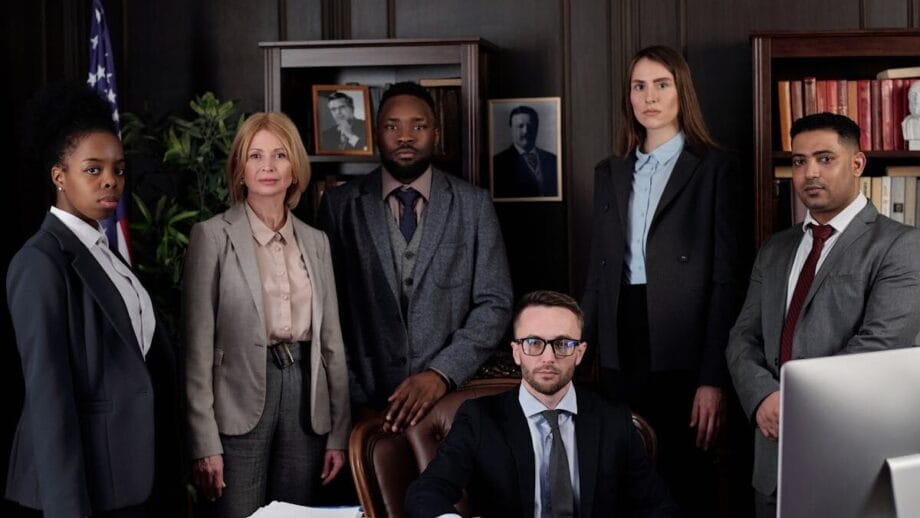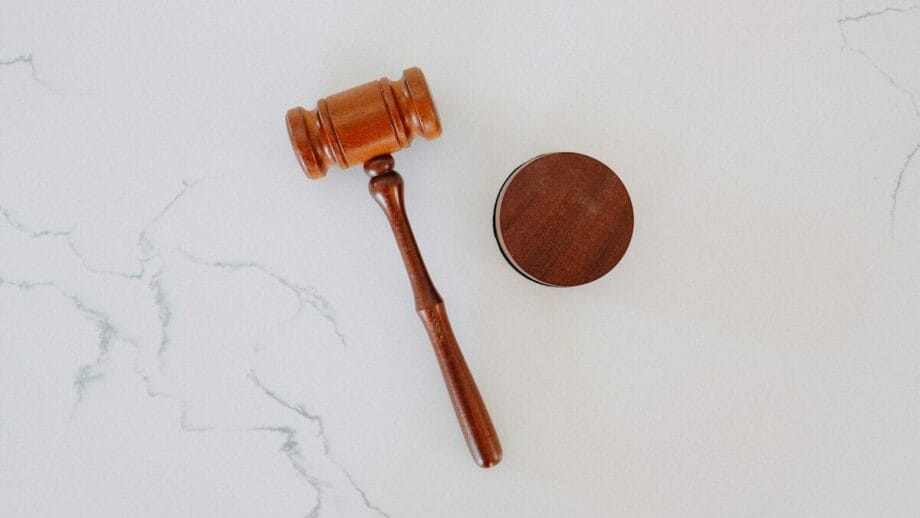Imagine a courtroom swayed by a deepfake so realistic that even forensic experts can’t tell it’s fake. A witness appears to confess, a video shows an impossible crime, and an AI-written report confirms the story. None of it ever happened.
As generative AI tools create synthetic videos, voices, and documents that can pass as authentic, the foundation of legal truth – and public trust – is being tested. The justice system now faces a question it’s never had to answer before: when evidence can be fabricated by code, what does “proof” really mean?
This challenge isn’t confined to courtrooms. It’s spilling into journalism, politics, and corporate investigations. A world that once relied on photographs, recordings, and signed documents as ultimate proof now faces an uncomfortable reality: digital evidence can no longer be taken at face value. What was once incontrovertible is now suspect.
The New Face of Digital Deception

AI-generated evidence now spans video, audio, and text. Tools like Stable Diffusion and Midjourney can create more than 1.5 million synthetic images a day. Voice clones replicate anyone’s speech patterns within minutes. Even legal briefs and police reports can be auto-written using chat models trained on public data.
In 2023, the U.S. District Court in California excluded a video after experts determined it had been manipulated with DeepFaceLab, one of several open-source GAN tools capable of altering faces with near-perfect accuracy. In another case, AI-generated audio was admitted – but only after an expensive forensic review confirmed its authenticity.
The pattern is clear: courts are scrambling to adapt, often without reliable tools or legal precedent. And while some judges are proactive in setting new standards, many legal professionals still lack the training to identify synthetic media or evaluate its credibility.
Why Detection Still Fails
AI detection technology is advancing, but not fast enough. Microsoft’s Video Authenticator identifies deepfakes with about 65% accuracy – barely better than chance. Even specialized tools like Hive Moderation and Truepic can be tricked by slightly modified outputs.
This detection gap creates an imbalance: while generative models evolve at lightning speed, forensic verification tools lag. Every improvement in AI synthesis – more lifelike eyes, realistic lighting, natural-sounding voices – makes detection harder. The result is a widening “authenticity gap,” where bad actors can easily fabricate convincing falsehoods while truth struggles to prove itself.
This means that in many cases, it’s easier to create a fake than to prove something is real. For law enforcement, that’s an existential problem. A single forged image or synthetic report can derail investigations, trigger public outrage, or undermine verdicts for years.
Legal Precedents and the Proof Problem
Under Federal Rule of Evidence 901, every piece of evidence must be authenticated. But how do you authenticate something built by an algorithm?
Courts have already struggled to apply old rules to new realities:
- U.S. v. Smith (2022) – Deepfake video excluded for chain-of-custody issues.
- U.S. v. Johnson (2023) – Synthetic audio admitted after expert review.
- Australian v. Midjourney (2023) – Image accepted only after blockchain verification confirmed provenance.
In most cases, AI-based evidence fails to meet the Daubert standard, which demands scientific reliability and peer review. Only about 40% of AI evidence presented in U.S. courts in 2023 met that threshold, according to the ABA Journal.
Without clear guidelines, courts risk treating synthetic data as truth – or dismissing legitimate evidence because it “looks too real.”

Deepfakes and the Reputation Crisis
Beyond the courtroom, AI-fabricated media is already reshaping how reputations rise and fall online.
A deepfake clip of Ukrainian President Volodymyr Zelenskyy “surrendering” briefly circulated in 2023 before being debunked. By then, the damage was done – trust in the media dropped 25% that year, according to Reuters.
When the line between real and fake blurs, every public figure becomes vulnerable to digital defamation. A single synthetic video can dominate search results, trigger investigations, or destroy credibility long before it’s proven false.
For professionals and organizations, that means reputation management now includes AI forensics – the ability to verify authenticity, issue timely corrections, and document digital provenance before misinformation spreads.
Ethical and Regulatory Crossroads
The ethical challenges are mounting. AI models often reflect the biases in their training data, creating uneven justice outcomes. A Stanford HAI study found that 80% of training data for leading AI systems originates from Western sources, amplifying cultural and racial bias in generated outputs.
This bias doesn’t just affect art or marketing – it influences sentencing predictions, suspect identification, and forensic assessments. If AI-generated evidence reflects biased data, the justice system risks codifying discrimination under the guise of objectivity.
Regulators are responding. The EU AI Act (2024) bans deepfakes in high-risk legal contexts and imposes fines up to €35 million for violations. In the U.S., the proposed DEEP FAKES Act would require disclosure labels on synthetic political content. Meanwhile, Google’s SynthID and the C2PA standard embed invisible watermarks into AI-generated media to trace their origin.
But rules alone won’t fix the trust gap. The law moves slowly. Technology doesn’t. And as new models like OpenAI’s Sora and Meta’s Make-A-Video push realism further, regulation will always lag a step behind innovation.
What the Future Holds for the Justice System
By 2030, AI could automate 30% of evidence analysis, according to Gartner. That could speed up discovery – but it also raises the risk of wrongful convictions if fakes go undetected.
To prevent that outcome, legal experts and technology leaders are calling for:
- Blockchain provenance tools to timestamp and trace media creation.
- Mandatory disclosure of AI-assisted evidence in trials.
- Forensic certification programs for lawyers and investigators.
- Transparent audits of AI systems used in law enforcement.
These measures could build a new chain of digital custody, one that ensures every piece of evidence can be traced from creation to the courtroom. The goal isn’t to ban AI from the courtroom – but to ensure that when it’s used, its output can withstand scrutiny.
The New Meaning of “Beyond a Reasonable Doubt”

The justice system was built on evidence that could be touched, verified, and cross-examined. That world is disappearing. In its place is a digital landscape where truth itself is probabilistic – filtered through algorithms that can be both powerful and flawed.
To preserve fairness and trust, courts will need to treat authenticity as a reputation problem, not just a technical one. Because when deepfakes redefine what’s believable, the only defense left is credibility.






